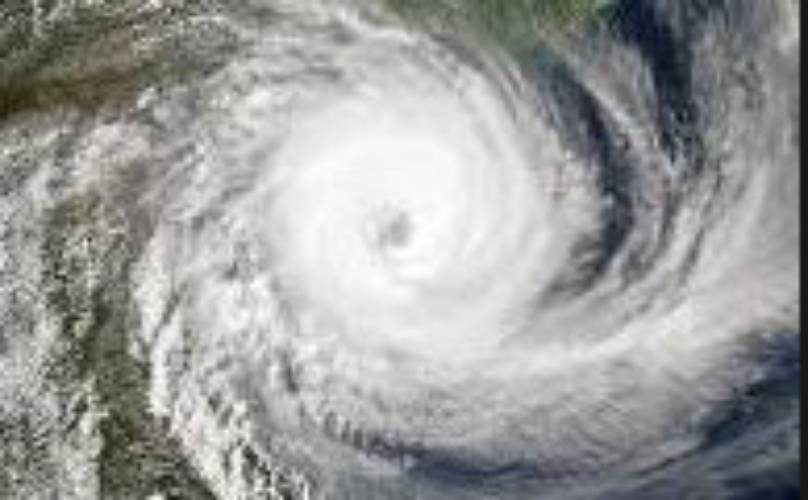
It is a national disaster in Mozambique, Malawi and Zimbabwe after cyclone Idai left a trail of death and destruction with hundreds dead.
But what exactly is tropical cyclone?
"Tropical" refers to the geographical origin while "Cyclone" refers to the winds moving in a circle.
According to Wikipedia, a tropical cyclone is a rapidly rotating storm system characterised by a low-pressure centre, a closed low-level atmospheric circulation, strong winds, and a spiral arrangement of thunderstorms that produce heavy rain.
Depending on its location and strength, a tropical cyclone is referred to by different names, such as the hurricane, typhoon, tropical storm, cyclonic storm, tropical depression, and simply cyclone.
Hurricane occurs in the Atlantic Ocean and the northeastern Pacific Ocean while typhoon occurs in the northwestern Pacific Ocean; in the south Pacific or the Indian Ocean.
How it occurs
Cyclones occur only on warm ocean waters near the equator.
As warm, moist air over the ocean rises upward from near the surface it leaves less air near the surface creating a lower pressure area.
Air from surrounding areas with higher air pressure pushes into the low-pressure area, becomes warm and rises again in a continuous manner.
As the warmed, moist air rises and cools off, the water in the air forms clouds. The clouds and wind spin rapidly, as a result of the ocean's heat and water evaporating from the surface, forming a storm.
The storm rotates faster forming an 'eye' at the centre. When the wind in the rotating storm reaches 39 mph, it's called a tropical storm.
When the speed increases to 74 mph become a tropical cyclone.
Naming of cyclone
Cyclone derives their name through a systematic procedure laid down by the World Meteorological Organization(WMO).
According to WMO names are given because they are easier to remember than numbers or technical terms and help media report on weather systems affecting the public.
"Experience shows that the use of short, distinctive given names in written as well as spoken communications are quicker and less subject to error than the older more cumbersome latitude-longitude identification methods," WMO says.
Meteorologists say using human names helps to heighten interest and increase preparedness within the given community.
 The Standard Group Plc is a multi-media organization with investments in media platforms spanning newspaper print
operations, television, radio broadcasting, digital and online services. The Standard Group is recognized as a
leading multi-media house in Kenya with a key influence in matters of national and international interest.
The Standard Group Plc is a multi-media organization with investments in media platforms spanning newspaper print
operations, television, radio broadcasting, digital and online services. The Standard Group is recognized as a
leading multi-media house in Kenya with a key influence in matters of national and international interest.











